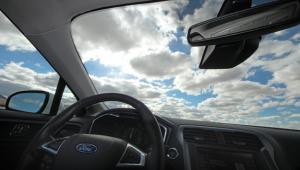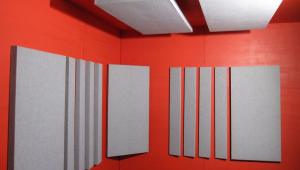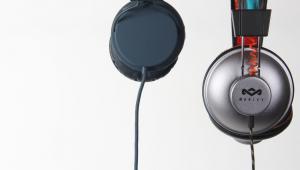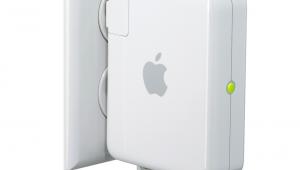Dolby Theater Debuts With Dolby Atmos Demo

If what I heard today is any indication, Kodak’s decline may be Hollywood’s gain. When Kodak dropped the naming rights to the famous theater used to host the Academy Awards, Dolby picked them up — and gave the theater a first-class technical makeover. Today, a press group got to be the first members of the public to hear the new system, and the first to hear actual content produced using Dolby’s new Atmos technology.
The Dolby Theatre now features a new system with 164 speakers and 200 channels of amplification. JBL made the speaker arrays behind the screen and the system’s 14 subwoofers, each of which has dual 18-inch drivers, all powered by Crown amps. The surround speakers, which are designed for a dynamic range very close to that of the screen speakers, are made by Meyer Sound.
In addition to surrounds all around the sides and back of the theater, there are also two trusses above the audience. Each truss holds 22 speakers.
Why so many speakers? Because they’re needed to deliver the full benefits of Dolby Atmos. Atmos is a new Dolby technology that combines traditional multichannel audio (i.e., 5.1 or 7.1) with the new object-based audio also being touted by SRS. With Atmos, a mix can contain as many as 128 objects and channels simultaneously. While the channels are assigned in the traditional way—front left, center, and right, plus side and back surrounds — the objects are assigned only vectors. That means they emerge from a spot in space (and if desired, move to another spot in space) rather than being assigned to a specific channel. The Dolby Atmos processor then “maps” the objects to the available speakers in a theater.
“I’ve been saying for years that Dolby delivers an immersive experience, and now I’m finally telling the truth!” quipped David Gray, Dolby’s VP worldwide production services, who supervised the retrofitting of the theater.
The Atmos demo started with the new Dolby Atmos trailer, which includes 120 sound objects. The sound effects featured several quick “array pans” — i.e., instead of a sound panning from the left side array to the left rear array to the right rear array to the right side array, it panned to each of the individual speakers in the array. The effect was definitely more realistic and compelling than it would have been in 7.1.
The next demo featured a remixed clip from The Incredibles, the scene where Jack (the kid who can run at lightning speed) is pursued by thugs in hovering whirlygigs. First the clip played in full Dolby Atmos, then it played with the 7.1 system turned off so we heard only the objects. In this mix, which included 16 simultaneous objects, the objects included a few of Jack’s screams, lots of the sounds from the whirlygigs, and the sounds of bullets from the whirlygigs’ machine guns hitting the water. Otherwise, we heard only silence.
The third demo was a remixed clip from Mission: Impossible 4, in which Tom Cruise, playing superspy Ethan Hunt, pursues a villain through a sandstorm in Dubai. There was plenty of object action on this one — the sounds of the furiously whirling sands, plus sounds of all sorts of things being blown around in the wind and crashing around Cruise as he ran.
According to Ramzi Haidamus, Dolby EVP sales and marketing, Dolby Atmos theater processors will be launching in about a year. The company has announced no specific plans for launching Atmos in the home market.





























































